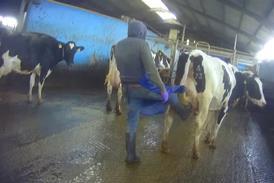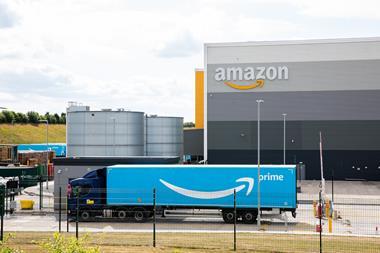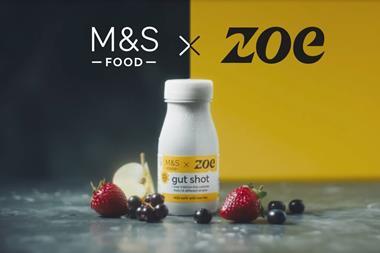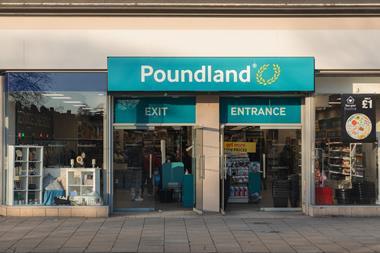After a day of talks, case studies, discussions and panel debates, you’d hope The Grocer had uncovered everything there is to know about generation Z.
It turns out we couldn’t agree on a core principle at our How to market to Gen Z conference today (14 March). Should we pronounce this group ‘gen zee’ or ‘gen zed’? Speakers alternated between the two throughout the day, and one panel was split exactly 50/50. So the jury is still out.
But we also took away plenty of new information – not least the revelation that Candy Kittens co-founder Jamie Laing had an early version of the brand’s logo tattooed somewhere on his body. Here are The Grocer team’s key insights from the day:
1. The importance of YouTube
Think of gen Z, and TikTok is likely the first social media tool that comes to mind. But it’s by no means the only way of reaching this demographic. Becky Messere, client partner at Meta, pointed out in a panel session that gen Z tend to use no fewer than five social media platforms. Facebook and Instagram continue to have high usership among this generation.
And YouTube was singled out as being of critical importance. It is the social media channel they trust most, said Matt Brown, managing director, brand, at Edelman UK. And they consume it at a high rate, too. The average gen Z user spends 72 minutes a day on YouTube, according to Ofcom figures highlighted by Lee Houston, UK marketing director at Doritos. That’s more time than they spend watching live TV.
2. Beware of homogenising gen Z
There’s a danger in treating all zoomers as one homogeneous group. The cohort spans about 15 years and there are differences in the outlooks of the older bunch of gen Zers compared with the younger bunch, argued Edelman’s gen Z focus group panel.
We’ve become so focused on their spending power – $260bn, according to the World Bank – that we forget this is a diverse group. While they have some key similarities, having grown up alongside social media and experienced multiple crises, the group encompasses many different attitudes and preferences.
3. Authenticity matters
Forget carefully crafting posts with a key brand message, then sending them for approval by the head office team. Speakers were keen to highlight the need for authentic social media posts that don’t feel too much like advertising. This has worked for M&S, which allowed stores to run their own TikTok accounts without the need for central approval, explained M&S Food marketing director Sharry Cramond – and has accrued legions of followers as a result.
Similarly, we heard over and over that hopping on a bandwagon for clout just won’t work. Tamara Littleton of The Social Element hammered home the point, giving the example of rainbow-washing – when brands signal their support for the LGBTQ+ community during Pride month, while doing little on this front for the remaining 11 months of the year.
Candy Kittens co-founder Ed Williams detailed how the brand was determined to avoid that trap. It has partnered with LGBT and non-binary artists to design packaging for limited-edition launches.
4. Influencing works both ways
Influencers can build brands with their endorsement. On the flip side, de-influencers can tear down your products with their scorn. A growing cohort of up-and-coming creators are telling their audience what not to buy, rather than what to buy. So fad products beware. However, if you can stand up your product with meaningful science, values and quality, you should be in the clear.
5. Gen alpha are coming for us
Gen alpha, starting between 2010-2012 depending on who you ask, are hot on the heels of gen Z. The eldest of the bunch will just be starting secondary school, meaning they’re just coming into a small amount of purchasing power.
Likely to be even savvier than zoomers, this cohort doesn’t know much of life before native social advertising or HFSS restrictions. Traditional broadcast advertising will likely bypass them completely, and many of them already have a favourite influencer.
So, when marketing to them, Nora Millar of The Millar Agency implored us to remember that the influencers you’re working with often know more about your target demographic than you do.
And in a few years’ time, that generation may well form the basis of another conference.




















No comments yet